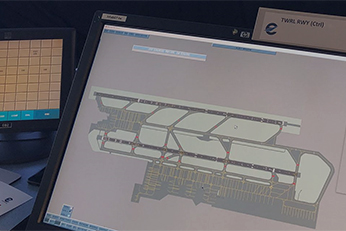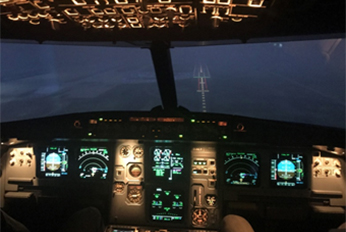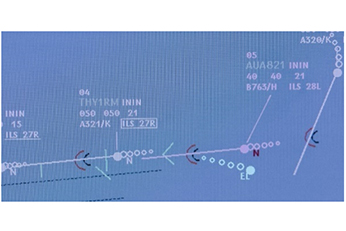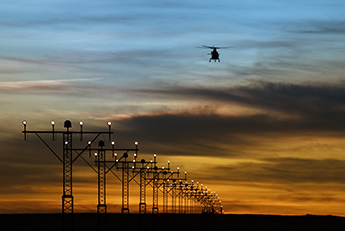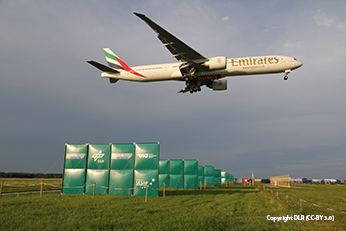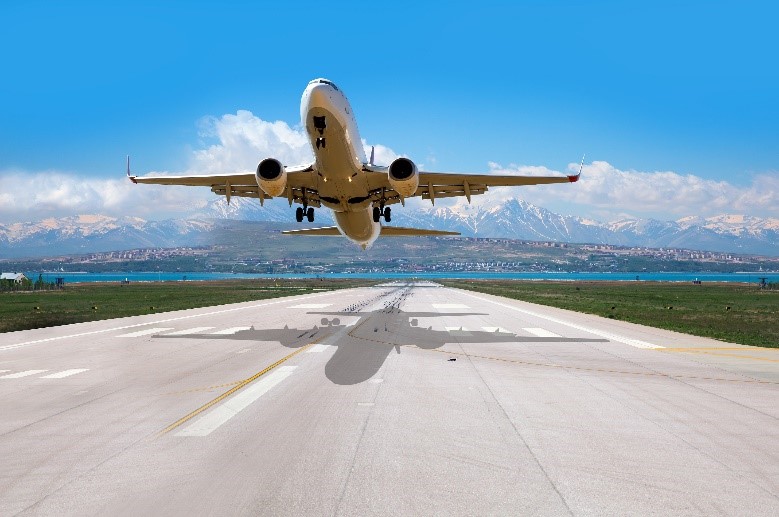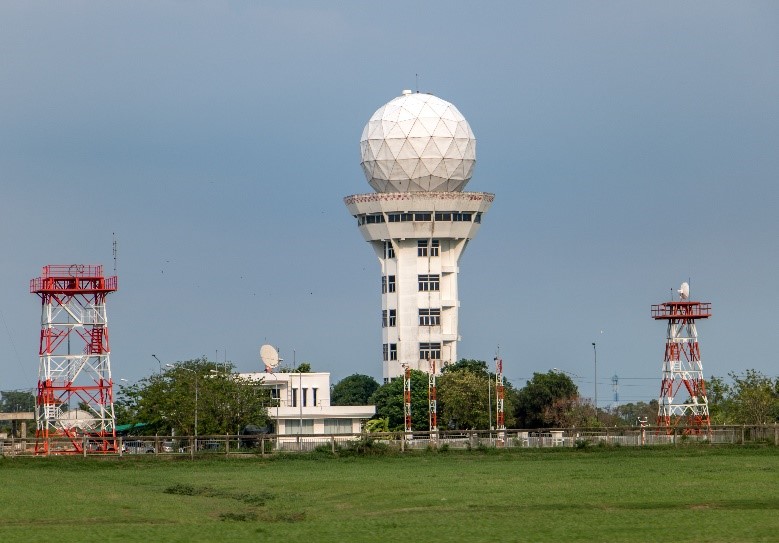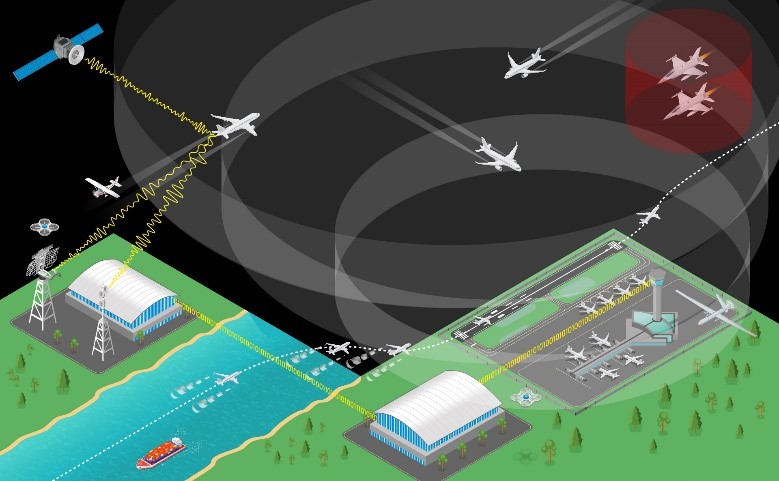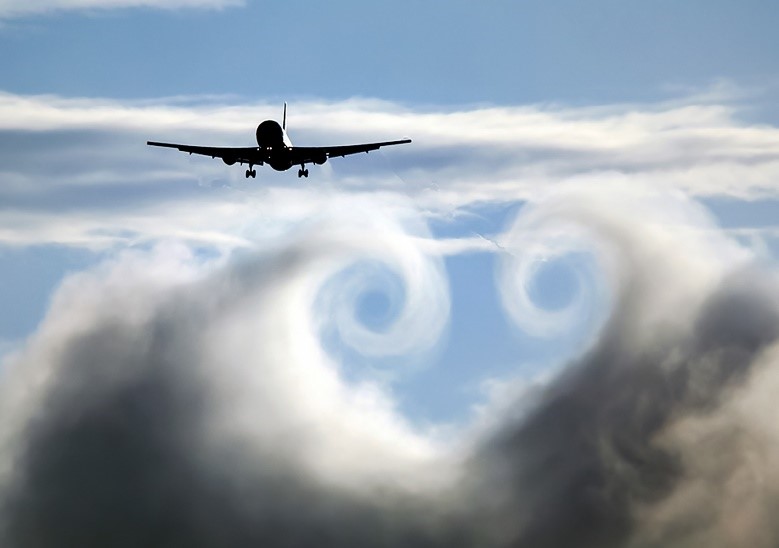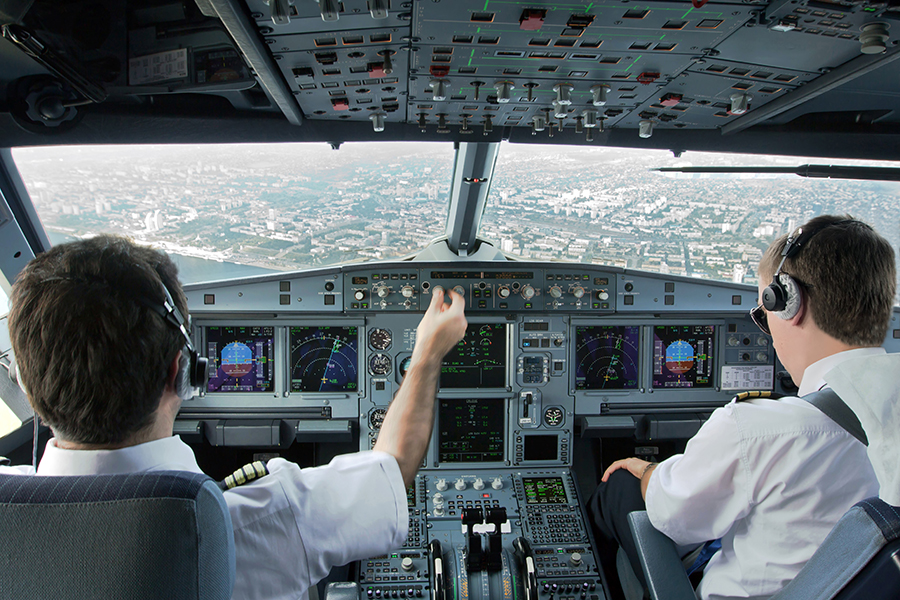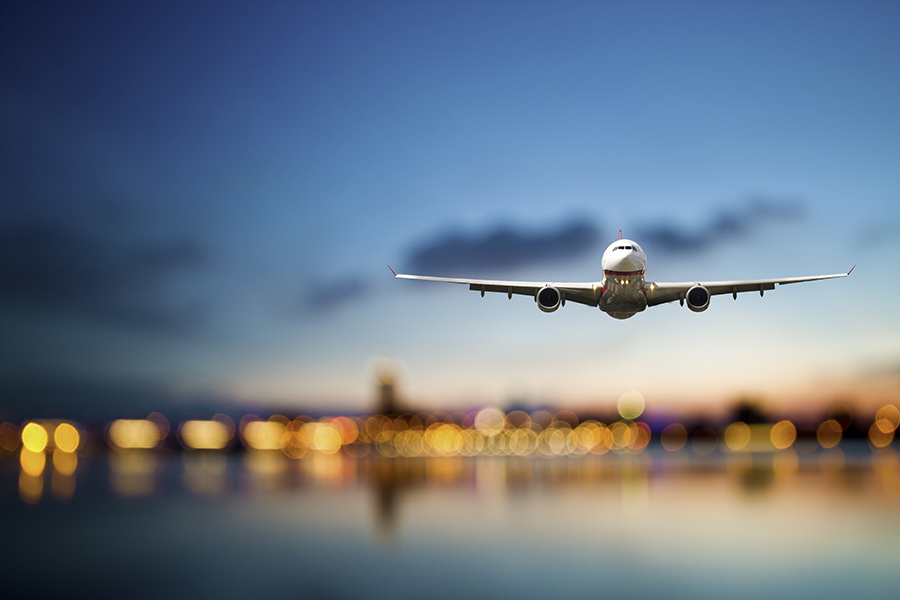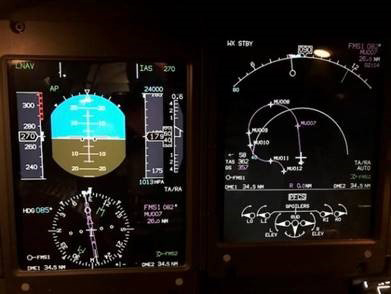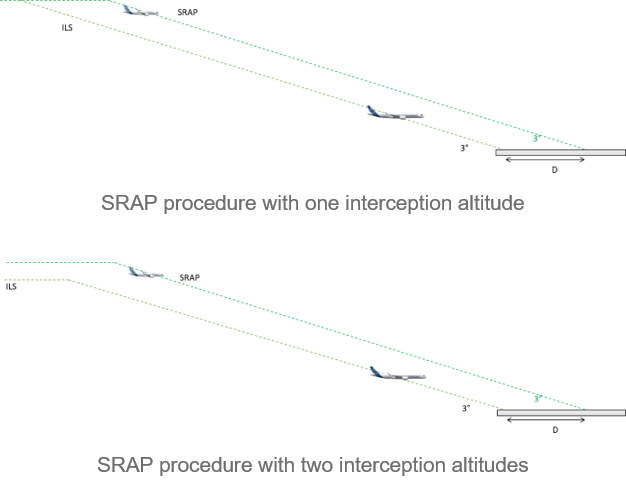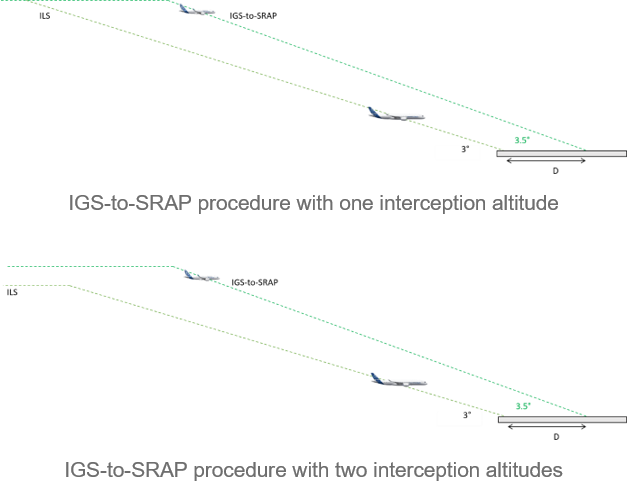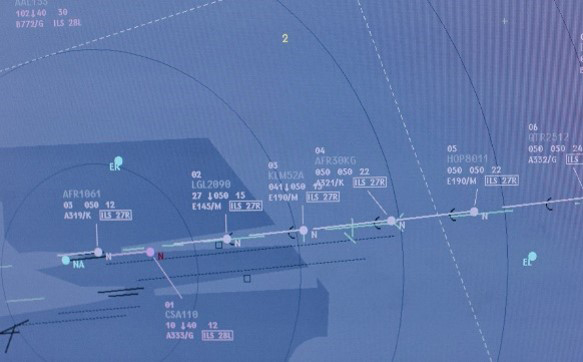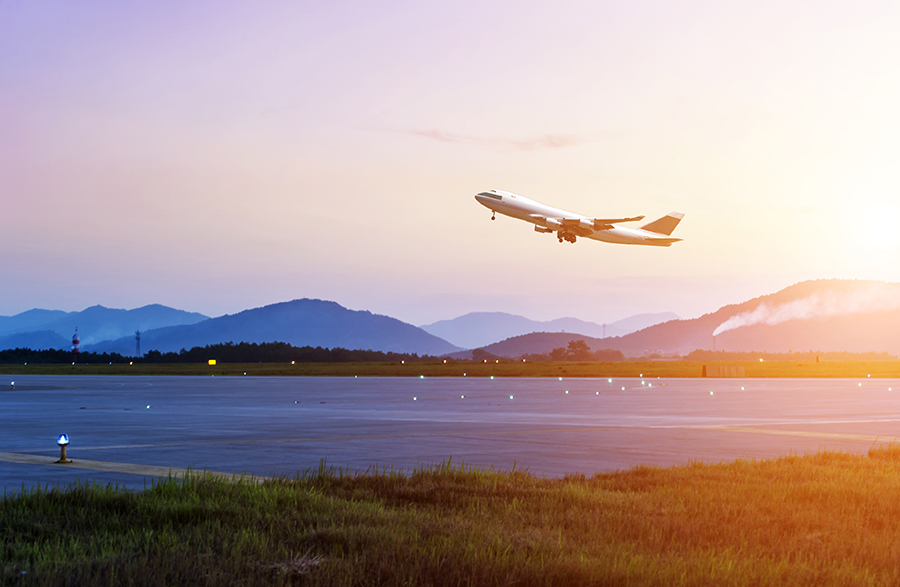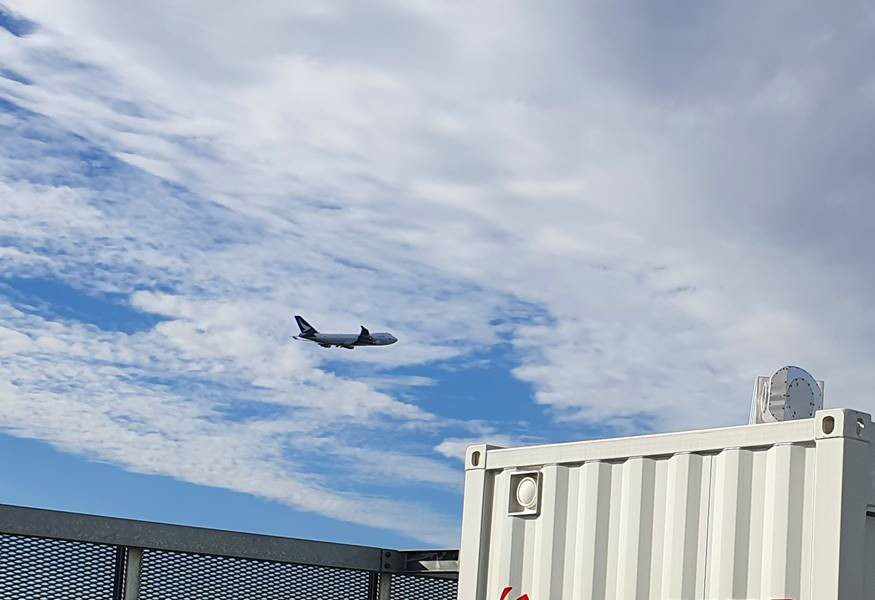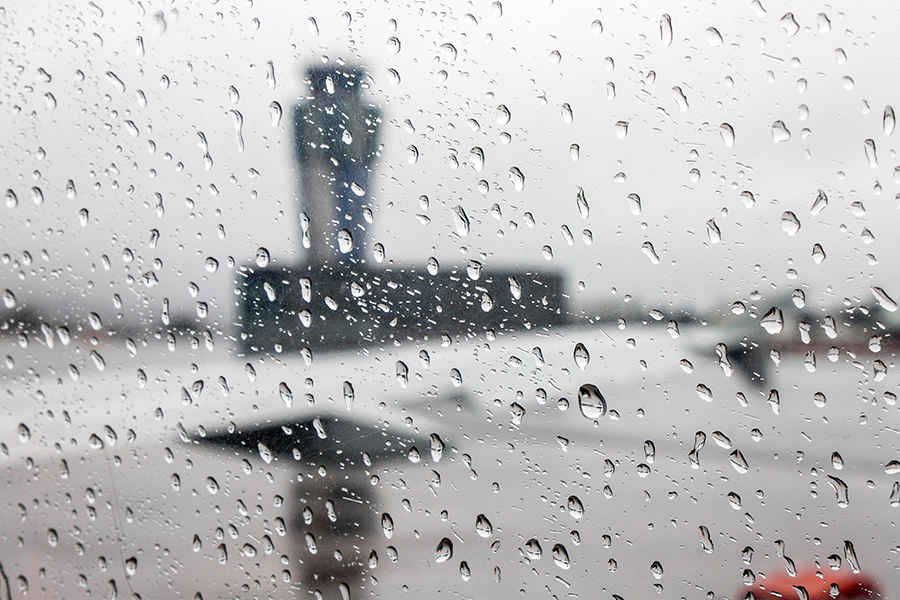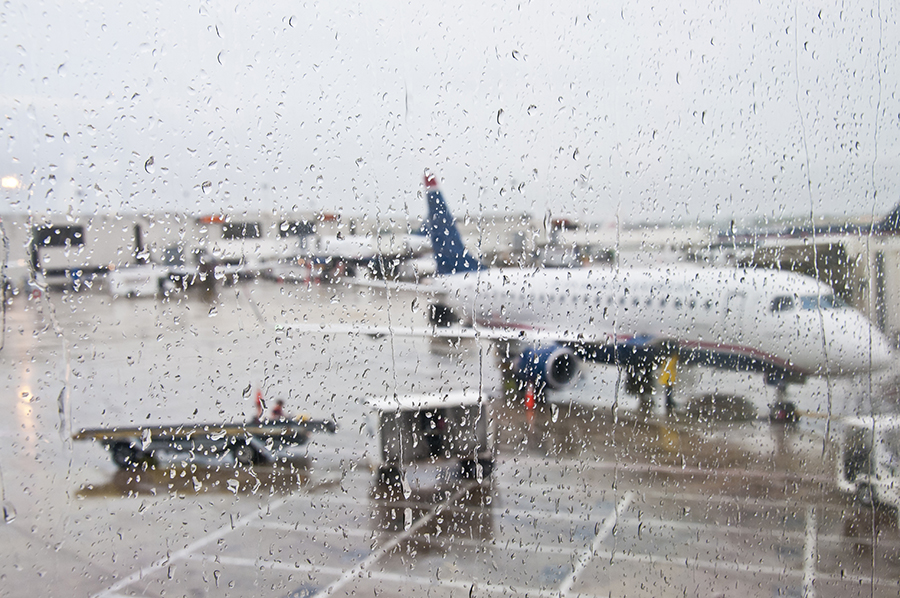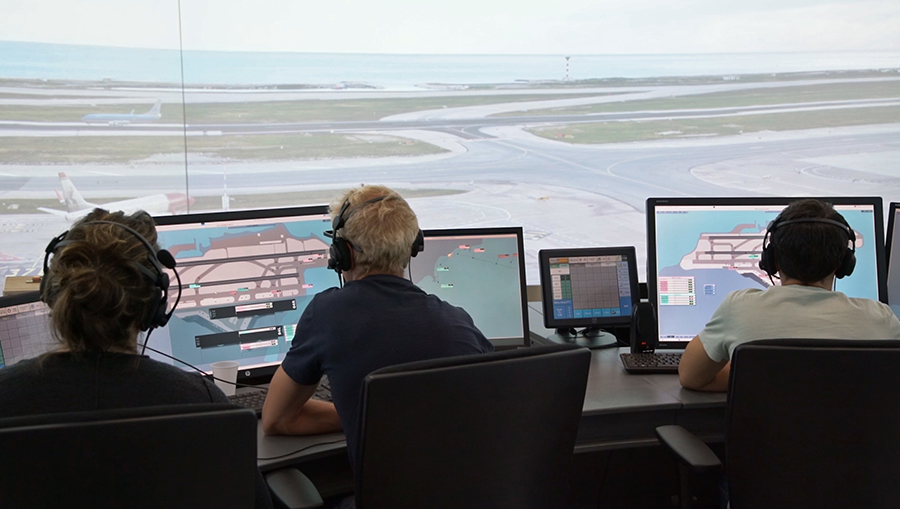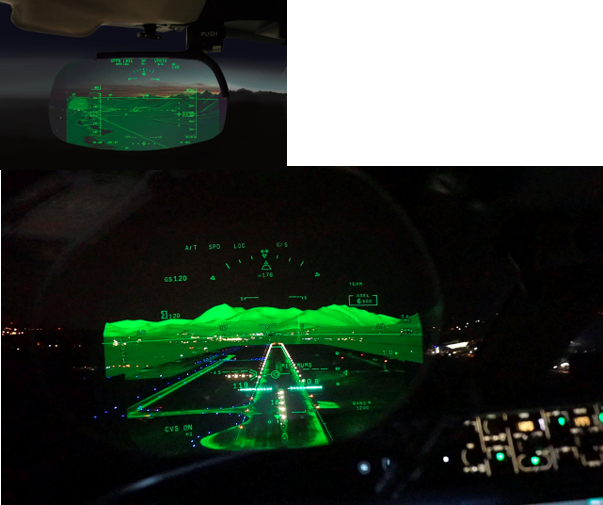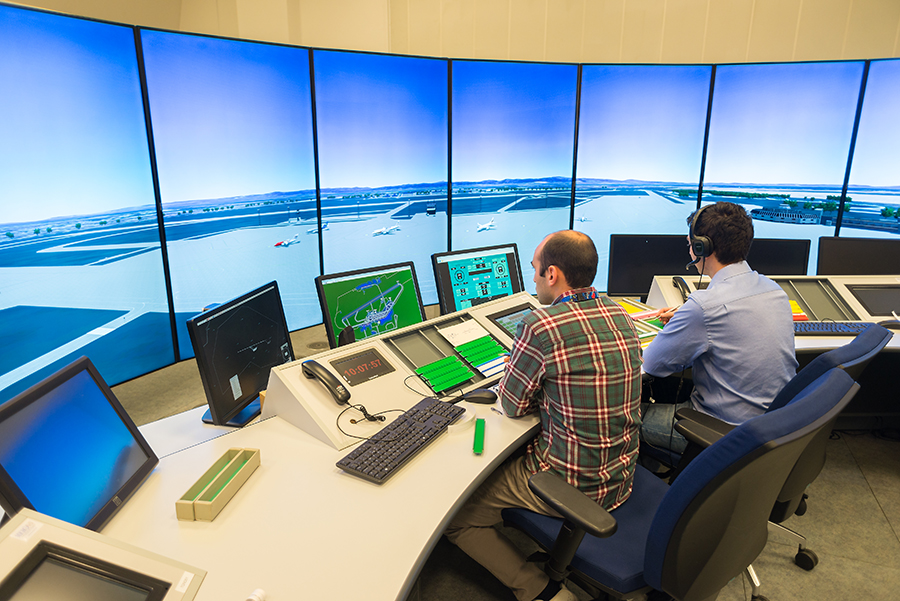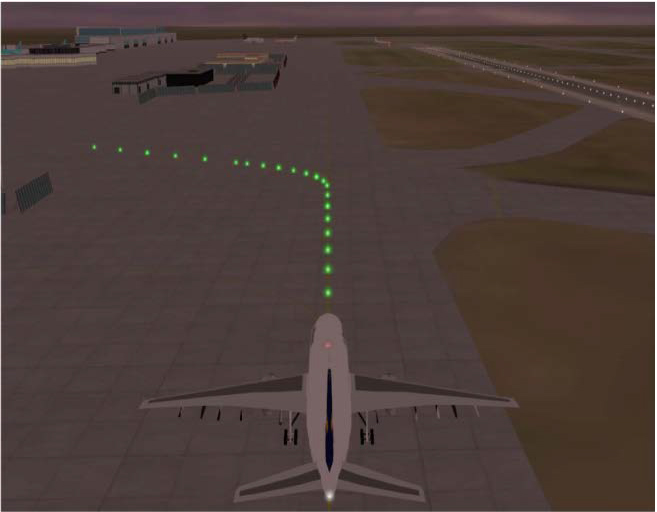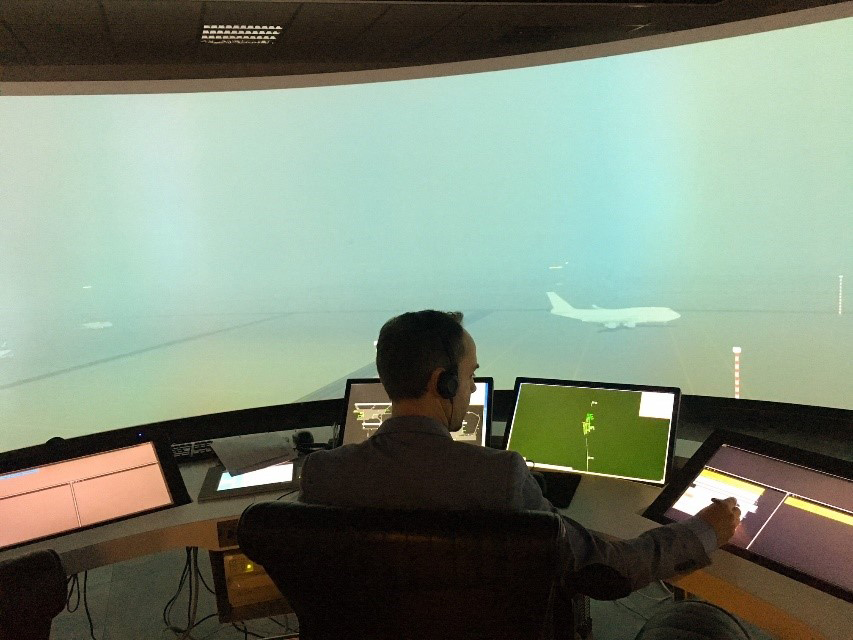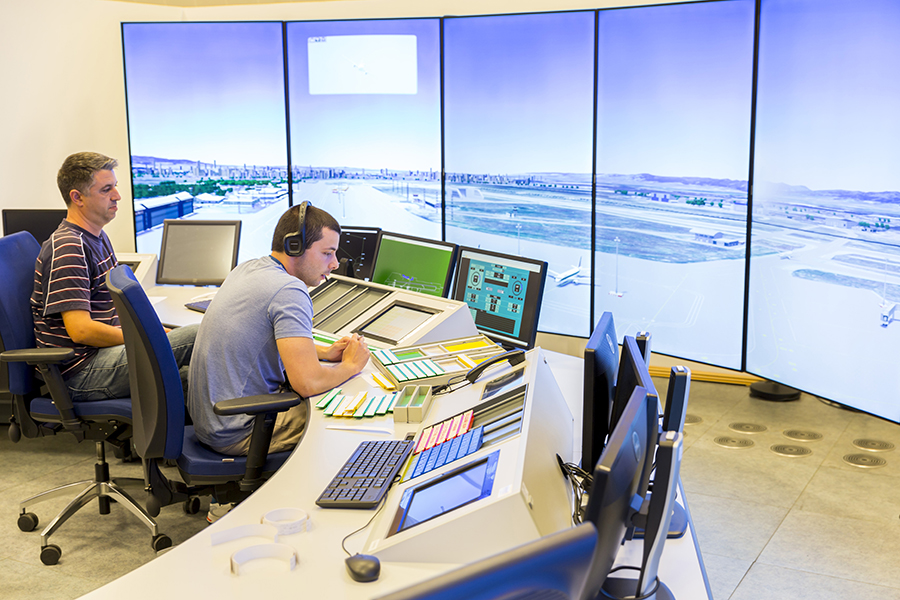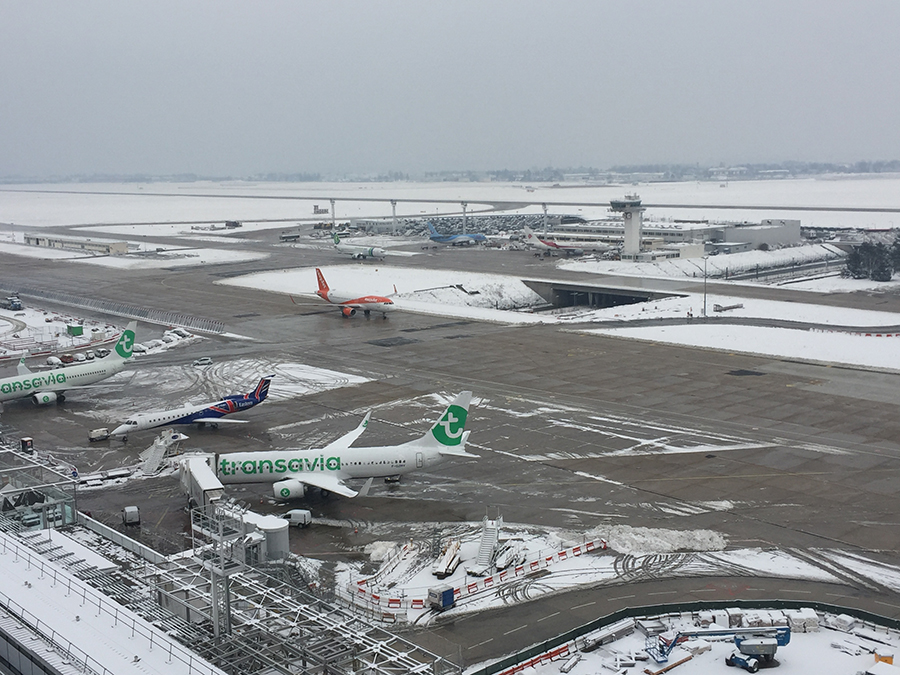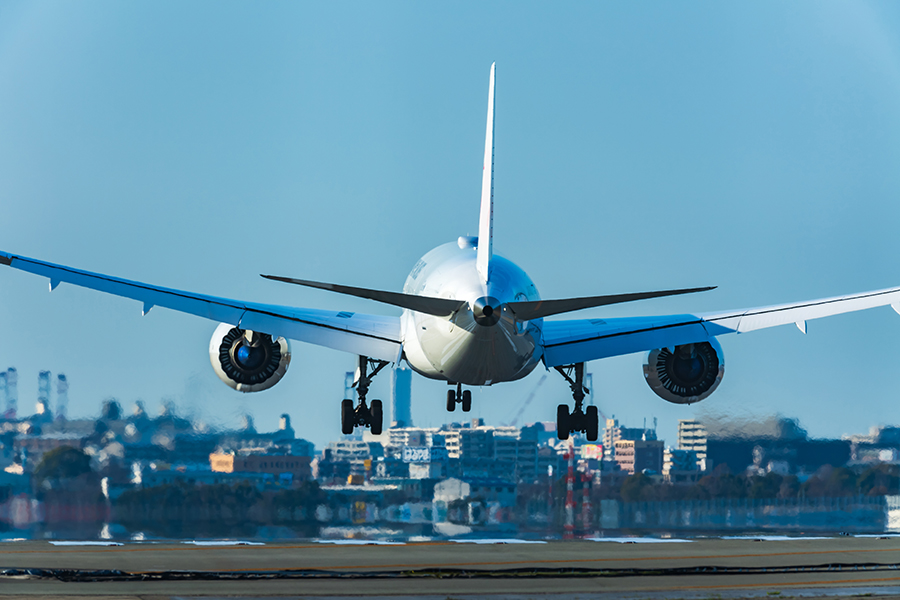Addressing capacity and delays at airports
It is estimated that by 2035, more than 20 airports will be operating at 80% or more of capacity on a daily basis, resulting in delays of up to 5-6 minutes (2013 Challenges of Growth Report, Eurocontrol).
Addressing capacity is challenging given the socio and environmental constraints preventing airports from building new runways or the technical, infrastructure and meteorological limitations hindering secondary airports from absorbing additional traffic..
Project objectives
The EARTH project united key European aviation partners combining the right expertise and investment to address issues and drive deployment of operational and technical improvements to enhance infrastructure, increase traffic throughput while preserving safety and environment.
EARTH focused on separation and procedures to improve runway and airport throughput considering wake-vortex, weather, environment and noise, while taking account of different traffic demand, future aircraft capability and airport configurations.
Benefits
EARTH supported the SESAR deployment regulation and addressed European concerns on environmental sustainability, reduction of noise and fuel consumption and brings low cost improved access to regional airports making regions economically attractive with potential for new jobs.

